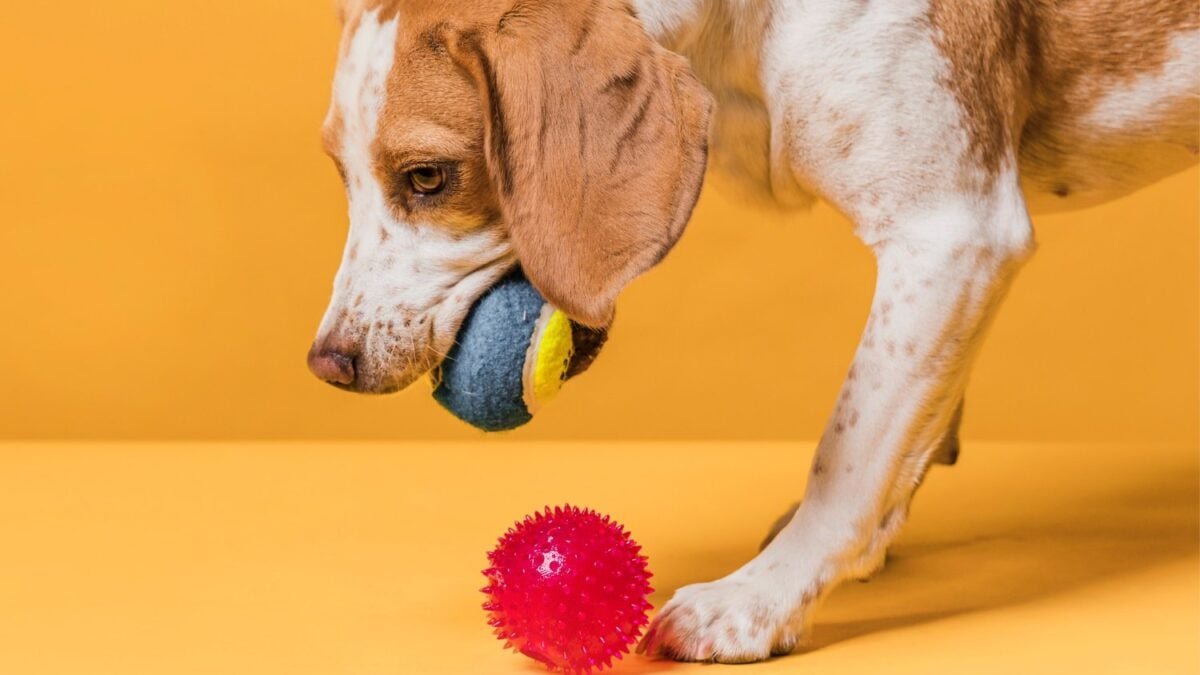Dogs’ “functional memory”: Understanding how they differentiate their toys based on more than just appearance

To many dogs, toys are not simple objects. A new study coordinated by Eötvös Loránd University in Budapest demonstrated that some dogs, called Gifted Word Learners (GWL), can identify and categorize their toys by function, not just by appearance. The research, published in Current Biology and reported by Popular Science, opens new perspectives on canine intelligence and how dogs learn from their everyday environment.
### Gifted Word Learner: an elite in the canine world
Researchers worked with dogs capable of quickly learning object names. These animals showed they could associate verbal labels like “fetch” or “search” with groups of toys that fulfilled those functions, even if the objects had nothing in common in terms of shape or color. According to ethologist Claudia Fugazza, this ability to extend functional labels is reminiscent of children who call both a hammer and a stone a “tool” due to the purpose they serve.

### Learning at home, without intensive training
The experiment took place in the dogs’ homes, in a natural environment and without. For a week, owners used the words “fetch” and “search” while playing with different objects. Later on, researchers introduced new toys without using verbal labels. Nevertheless, the dogs were able to identify which ones corresponded to each type of play solely based on their experience of participating in the activity. In the final test, even without knowing the names of the new objects, they correctly chose the toy indicated for fetching or searching.

### Future challenges for canine science
The results raise new questions: can dogs that are not Gifted Word Learners also categorize by function? Researchers suggest expanding the sample size and verifying if functional classification is a widespread skill or exclusive to certain dogs with special talents. If confirmed, the finding would solidify the idea that canine intelligence is more flexible than previously thought, and that their way of learning has more similarities with humans than imagined.






